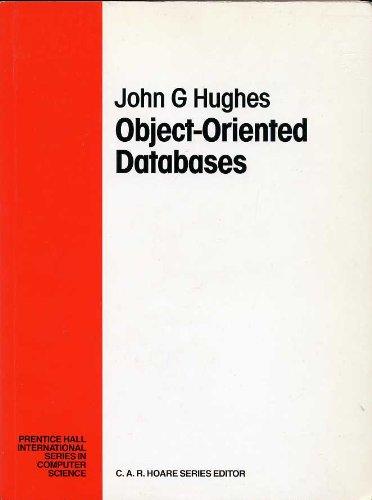Answered step by step
Verified Expert Solution
Question
1 Approved Answer
2. (10 points) Consider the following computational problems: EQDF A = {hA, Bi | A and B are DFAs and L(A) = L(B)} SUBDF A
2. (10 points) Consider the following computational problems:
EQDF A = {hA, Bi | A and B are DFAs and L(A) = L(B)}
SUBDF A = {hA, Bi | A and B are DFAs and L(A) L(B)}
DISJDF A = {hA, Bi | A and B are DFAs and L(A) L(B) = }.
Prove that SUBDF A and DISJDF A are each Turing-decidable.
You may (and should) use high-level descriptions of any Turing machines you define. Make sure to provide both a machine definition and a proof of correctness.

Step by Step Solution
There are 3 Steps involved in it
Step: 1

Get Instant Access to Expert-Tailored Solutions
See step-by-step solutions with expert insights and AI powered tools for academic success
Step: 2

Step: 3

Ace Your Homework with AI
Get the answers you need in no time with our AI-driven, step-by-step assistance
Get Started


